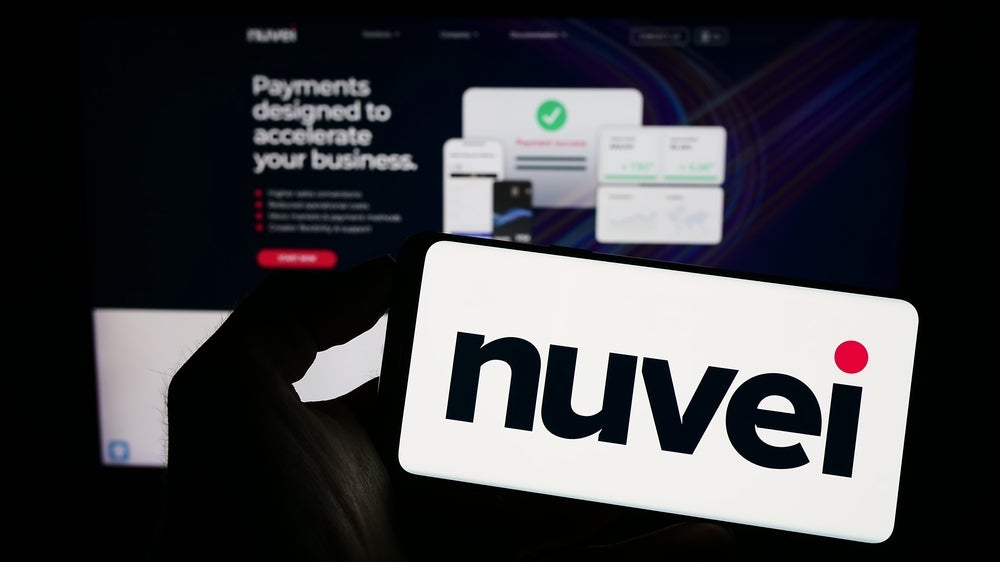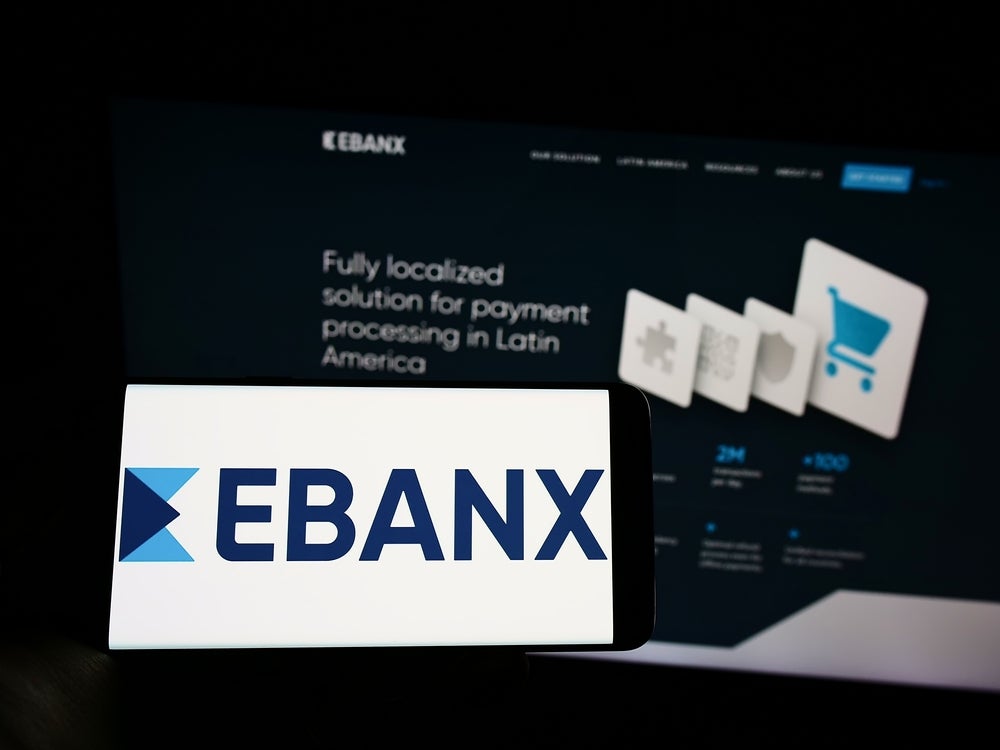Once seen as a niche proposition aimed at distinct and
disparate consumer segments, the uptake of prepaid across Europe
indicates that it is beginning to gain ground and taking market
share away from other payment methods, particularly when it comes
to low-value transactions. Victoria Conroy reports.
Europe remains a highly fragmented region when it comes to the
usage of different payment methods. Some markets such as the UK
long ago reached saturation in the usage of credit cards, others
such as Germany and the Netherlands are dominated by debit, and
others such as Spain and Italy stand out as markets where payment
cards have yet to make any headway in the war against the
cash.
When it comes to prepaid usage, its usage remains just as
fragmented across various markets, but there is a more generic
trend than is apparent, in that although its usage still accounts
for only a small proportion of total card payment volumes across
the region, growth rates across various European markets indicate
that it is definitely gaining momentum.
There is little doubt that the economic turbulence of the last
year, which has led to reduced consumer expenditure (particularly
on credit cards) and a greater need for budgeting and cost control,
has heightened prepaid’s attractiveness and demonstrated its
advantages over other forms of payment.
Prepaid differences across Europe
However, it is necessary to distinguish between the differing
prepaid propositions in use across Europe.
How well do you really know your competitors?
Access the most comprehensive Company Profiles on the market, powered by GlobalData. Save hours of research. Gain competitive edge.

Thank you!
Your download email will arrive shortly
Not ready to buy yet? Download a free sample
We are confident about the unique quality of our Company Profiles. However, we want you to make the most beneficial decision for your business, so we offer a free sample that you can download by submitting the below form
By GlobalDataIn some countries, most notably Italy (see CI428), general-purpose
open-loop propositions are the dominant prepaid form factor, and
are issued as stand-alone products by banks. In most European
markets, including the UK, the dominant form factor is the
closed-loop gift card model.
But in countries such as Germany, Belgium, Austria and the
Netherlands, prepaid or e-money applications have long co-existed
on debit cards, allowing cardholders to use their debit cards as
traditional transactional tools, but also allowing them to top-up
the prepaid application for use in prepaid acceptance points such
as transit and toll locations.
The existence of these schemes therefore gives a distorted picture
of the true popularity and growth of prepaid.
Examples of such prepaid add-on propositions include Germany’s
Geldkarte and Chipknip in the Netherlands, which are included as
standard on bank-issued debit cards. According to Currence, the
owners of Chipknip, in 2008, the number of Chipknip transactions
rose by 0.7 percent from 2007 to 176 million transactions.
Currence estimates that there will be a significant increase in the
number of Chipknip transactions over the next few years, which will
primarily come from payments of less than €20 ($29) and at the
expense of cash.
Chipknip is mostly used in the parking, vending and catering
sectors, which account for 80 percent of Chipknip payments. In
2008, 95 million Chipknip transactions were made in the catering
and vending sectors, including unmanned and self-service locations,
while 46 million payments were made in the parking sector. The
average Chipknip transaction in 2008 amounted to €2.74.
Although Germany had over 81.02 million cards classed as e-money in
circulation at the end of 2008, only a small proportion of debit
cardholders utilise the prepaid application – it is estimated that
there are only around 140,000 stand-alone prepaid cards in
circulation in the country.
But stand-alone prepaid propositions are relatively few in number
in these markets, and industry players are sceptical that prepaid
will gain any significant traction given that debit card payment is
long established and already used for low-value transactions. In
Germany in particular, laws require banks to provide banking
services to all of its citizens, meaning that technically there is
no unbanked segment, one of the key target groups for
prepaid.
The Geldkarte chip-based e-money scheme allows cardholders to load
up to €200 and spend at over 600,000 vending machines along with
internet payments. According to Geldkarte, nearly 80 percent of all
German bank cards in circulation include the Geldkarte scheme.
Since 2000, the number of Geldkarte transactions has risen
steadily, reaching 48.9 million transactions in 2008, an increase
of 25 percent since 2006.
On average, for every eight to nine transactions, there is one
loading transaction, with Geldkarte cards being loaded around 6
million times in 2008. This has resulted in average spending and
loading amounts falling gradually, with the average loading amount
in 2008 being €26.4, and the average spend amount being €2.8.
Meanwhile in Belgium, the Proton e-purse scheme saw its number of
transactions falling by 9.2 percent in 2008 to 94 million, with the
decline largely due to a growing amount of low-value transactions
being made on Bancontact/Mister Cash cards. However, Proton still
has an active cardholder base of 1.5 million.
Austria’s Quick e-purse scheme can be loaded with up to €400. In
2006, over 23.8 million Quick transactions were conducted for a
value of €135 million. According to Austria’s central bank, of the
83 percent of Austrians who own a payment card, only one-fifth are
aware of the Quick e-money application available on debit cards.
The current average loading amount is €78, with three out of ten
users usually loading no more than €30. Interestingly, the usage of
Quick is virtually nonexistent for consumers over the age of 60.
According to the central bank, Quick is used infrequently for large
payments.
Prepaid gaining traction
According to a 2008 study from the Boston Consulting Group, the
European prepaid market accounts for 20 percent of total value
loaded onto prepaid cards worldwide and of that overall load
percentage, 85 percent is concentrated in only five countries –
Italy, UK, Germany, France and Spain.
Exact figures for the number of prepaid cards in the UK are not
available, as most cards are issued by programme managers and not
banks, but industry players estimate that there are around 5
million cards in issue, the vast majority being the closed-loop
gift card model.
Italy remains the largest market in Europe in terms of stand-alone
prepaid card numbers and in spending, but France and the Czech
Republic also demonstrate healthy growth rates for both metrics.
Greece too is also witnessing a surge in prepaid popularity despite
prepaid only being rolled out into the market over the last couple
of years.
However, across Europe as a whole, CI analysis of prepaid and
e-money growth shows its share of overall payment volumes appears
to be increasing in many markets.
Given e-money originated as a replacement for low-value cash
purchases, one trend to emerge in recent years is that average
transaction values appear to be on the decline, indicating prepaid
and e-money are being used more frequently. According to a 2008
study from the Bank of Finland, e-money average transaction values
are well below €10.
The two exceptions are Italy and Greece, where average transaction
values are more than €50, indicating that prepaid and e-money is
replacing high-value retail POS payments more than low-value cash
payments. The Netherlands, Belgium and Luxembourg boast the highest
levels of e-money transactions per capita, with Belgium the leader
with 10 transactions per capita. Austria has more than two
transactions per capita.
Looking forward, Russia, Poland, Spain and Turkey have been cited
as future growth markets for prepaid, with many programmes focusing
on the food voucher and remittance segments, along with government
welfare disbursement programmes.












